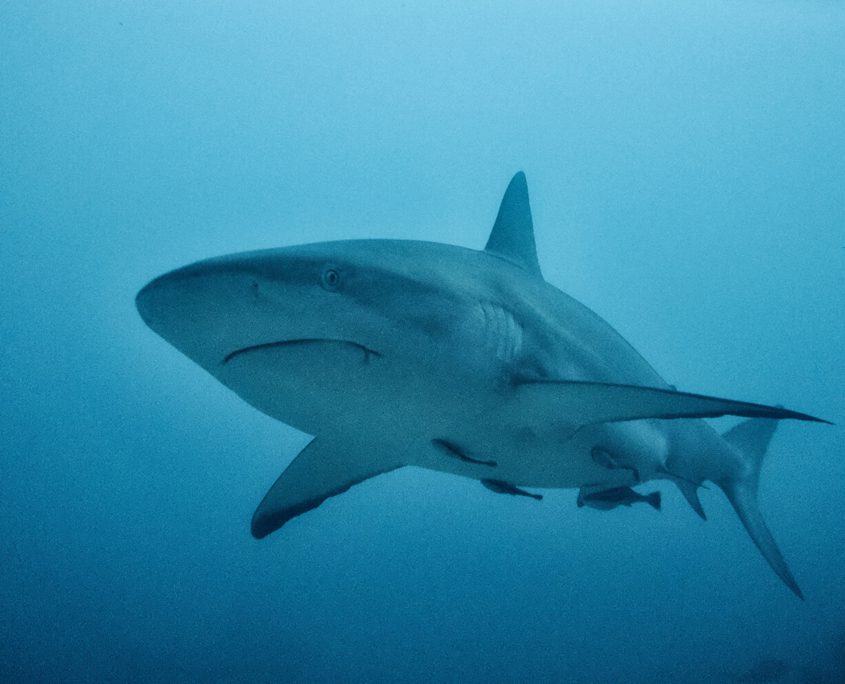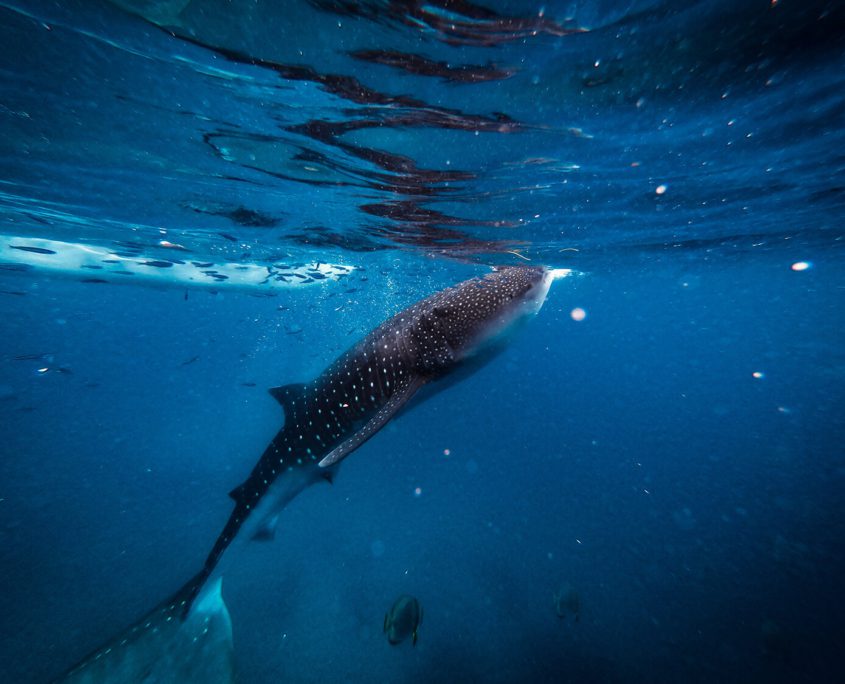 https://thingstodobundaberg.com.au/wp-content/uploads/2023/05/bundaberg-railway-museum.png
1102
1500
admin
https://thingstodobundaberg.com.au/wp-content/uploads/2024/06/things-to-do-bundaberg-logo.png
admin2024-03-15 04:05:022024-03-15 04:05:02Bundaberg Railway Museum
https://thingstodobundaberg.com.au/wp-content/uploads/2023/05/bundaberg-railway-museum.png
1102
1500
admin
https://thingstodobundaberg.com.au/wp-content/uploads/2024/06/things-to-do-bundaberg-logo.png
admin2024-03-15 04:05:022024-03-15 04:05:02Bundaberg Railway MuseumSharks Great Eight Bundaberg
Sharks are represented by over 250 described species. They are widespread in tropical and temperate waters.
Giant plankton-eating sharks are the largest species of shark, and the largest of all fish.
The largest measured whale shark was 12.65 meters long, but the species is believed to reach 18 meters. Whale sharks inhabit deep water and are consequently subject to minimal research.
Sharks are one of the most diversely-adapted and successful groups of fishes in the world. Striking and beautiful, sharks have served as swimming legends for centuries.
Sharks are sometimes referred to as fish, although they have characteristics that are more like reptiles. Like other fishes, sharks extract oxygen from the water in which they live via gills.
Sharks have five to seven gill openings along each side of the head, through which they breathe. They have a sharp snout and large eyes.
The majority of sharks are marine, living in the sea. There are a few species of freshwater shark, such as the Northern River and speartooth.
Most sharks are predators, and the majority of shark species hunt other animals for food. Sharks usually hunt at night, and currently, very little is known about what most species eat.
The white shark and tiger shark are large sharks that prey on large marine mammals, such as seals, sea lions, dolphins, large fish, and turtles.
While sharks can be found in nearly all oceans, few of them are highly specialized feeders. There are some sharks, however, that rely on particular food items.
Evolutionary trends have contributed to the feeding mechanisms of the majority of sharks. Some sharks are adapted at suction feeding, while others are adapted to filter feeding.
These sharks use the upper jaw to help pick up prey items, one of them is a fine example of bottom feeders and it’s two types of jaws.
This feeding behavior is called filter feeding. The basking shark and the megamouth shark strain enormous quantities of plankton through the mouth fringed with gill rakers.
Whale sharks feed by straining plankton through a spongy tissue supported by cartilaginous rods between the gill arches. Unlike many other species of shark, it has five instead of multiple rows of teeth.
The term ‘shark’ usually refers to aquatic apex predators, mostly in the Family Hexanchidae (the sixgill and sevengill sharks). Several species of shark are known to be dangerous to humans: the white shark, tiger shark, bull shark and other whaler sharks.
Although sharks are often thought to be ruthless predators, humans are not in fact part of their normal diet. Most shark-related deaths can be attributed to the fact that the shark mistakes us for a seal or other food source.
For sharks, courting can be a dangerous activity. The males have claspers, organs that they use to transfer sperm into the female. These are inserted into the female’s cloaca.
Sharks have a variety of reproductive strategies, including internal fertilization and external fertilization:
- Laying eggs
- Live bearing
- Young hatching from eggs within the mother
Reproduction methods in sharks living in Australian waters are quite varied. The Port Jackson shark lays spiral-shaped eggs, the smooth hammerhead bears live young and the grey nurse shark reproduces within its own uterus.
Sharks, Great 8, Southern Great Barrier Reef
Sharks, one of the Great 8 of the Southern Great Barrier Reef, are among the most fascinating and misunderstood creatures of the ocean. The reef is home to a variety of shark species, including the harmless reef sharks that are often encountered by divers and snorkelers. These sleek predators play a crucial role in maintaining the health of the reef ecosystem by helping to control the population of other marine species, thus ensuring a balanced environment.
Visitors to the reef can observe sharks in their natural habitat, experiencing firsthand their graceful movements and important role in the marine food chain. Far from the fearsome reputation often portrayed, these sharks are generally non-aggressive and are a testament to the reef’s rich biodiversity. Encountering sharks on a dive or snorkelling tour is an awe-inspiring experience, offering a deeper appreciation for the complex and dynamic life of the Southern Great Barrier Reef.





